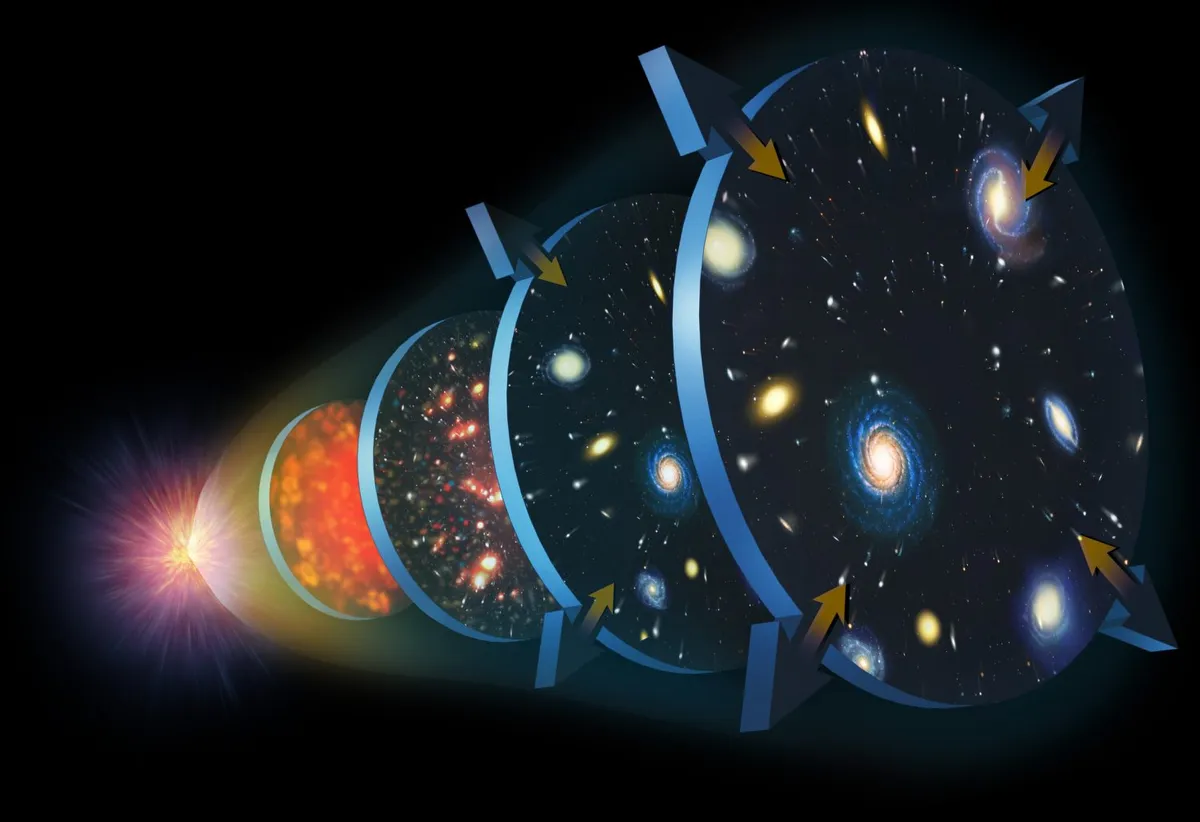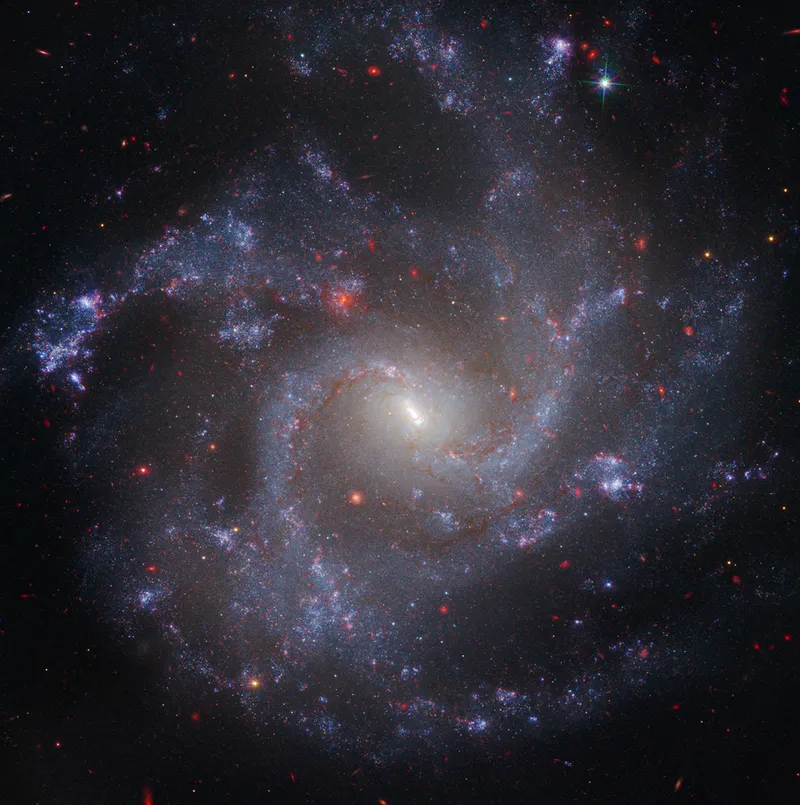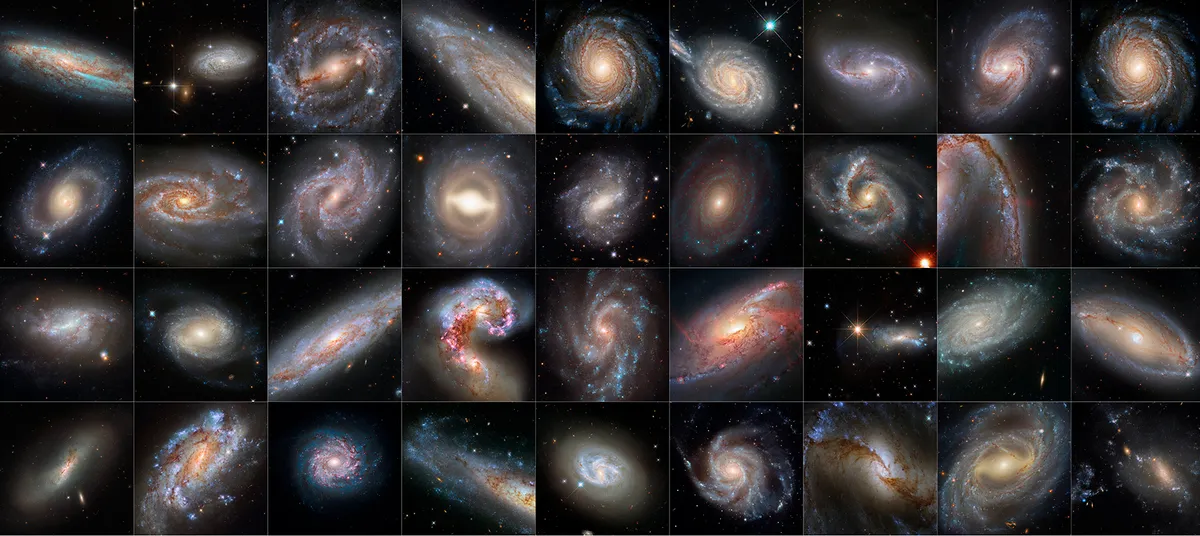There’s something wrong with our understanding of the Universe and, as the James Webb Space Telescope (JWST) has confirmed, it doesn’t seem to be an observational error.
One of the biggest mysteries in cosmology is the ‘Hubble tension’, the puzzle that the expansion of the Universe we see today doesn’t match what we think it should be from looking at the early cosmos.
Using observations of the earliest Universe and applying our understanding of how space behaves, astronomers can calculate the value of expansion we expect to find in modern times.

They can also directly measure the current expansion using ‘standard candles’, objects whose known intrinsic brightness allows us to calculate their distance.
However, when the expansion values of the early and late Universe are compared, the two are found to be stubbornly different.
It was thought that an observational error could be skewing the results.
The Hubble Space Telescope has spent 30 years observing standard candles, but the telescope’s resolution means nearby stars often overlap in observations, while cosmic dust confuses the results.
JWST’s infrared eyes see through this dust and its higher resolution means the candles are much clearer.
A previous JWST study in 2023 confirmed that Hubble’s measurements of standard candles known as Type Ia supernovae were correct.

Now this new study has verified the results that Hubble got using Cepheid variable stars (such as those in NGC 5468, above), standard candles used to take measurements closer to Earth.
"We’ve now spanned the whole range of what Hubble observed, and we can rule out a measurement error as the cause of the Hubble tension with very high confidence," says Adam Riess from Johns Hopkins University in Baltimore, who led the study.
"What remains is the real and exciting possibility we have misunderstood the Universe. We need to find out if we are missing something on how to connect the beginning of the Universe and the present day."

Why the Hubble tension is so important
"The Hubble tension, far from causing headaches, is exciting," says The Sky at Night's Chris Lintott.
"A disagreement about something as fundamental as the speed of expansion provides a hope that some big breakthrough to solve it is round the corner.
"Maybe it is. But the fact that we call it a ‘tension’ – not argument, enormous problem or embarrassment – reflects that comparing local measurements with the early Universe is hard.
"History shows that astronomers measuring the expansion have typically been overconfident. If that’s happening again, there may be no tension at all.
"Until someone finds an error with our errors, though, we can go on dreaming of new physics."
This article appeared in the May 2024 issue of BBC Sky at Night Magazine.

